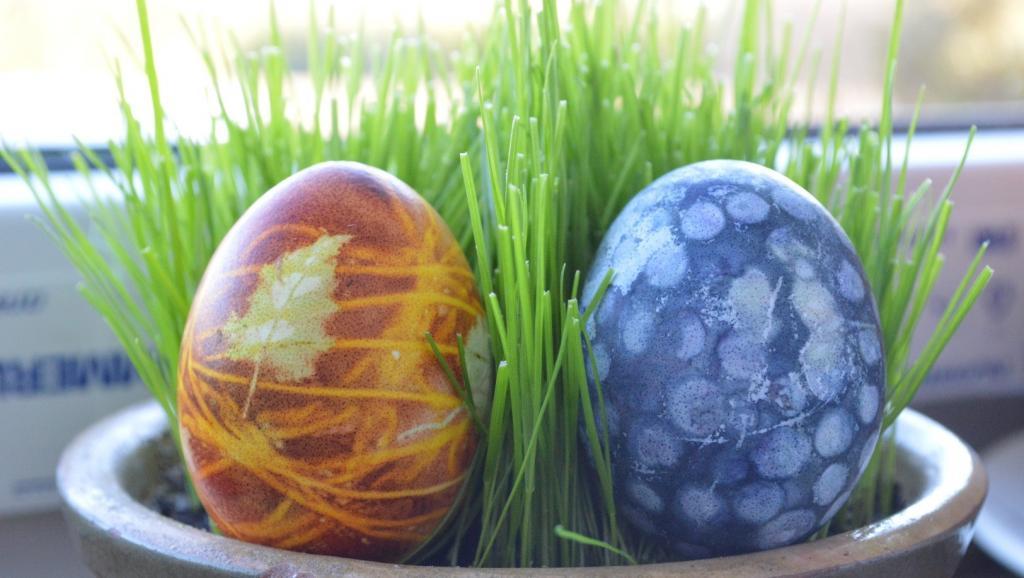Estonia may count among the least religious nations in the world, yet when it comes to religious holidays, Estonians tend to give a respectful nod – often blending them with their own time-honoured folk traditions.
Easter, which commemorates the crucifixion and celebrates the resurrection of Jesus – the Jewish preacher and religious figure at the heart of Christianity – may have held little meaning for Estonians prior to the arrival of the Teutonic Knights in the 13th century. Yet in the Estonian folk calendar, Easter came to be marked as a spring festival, heralding the return of light and warmth.
As Christian customs gradually intertwined with native traditions, a distinct set of local practices began to take shape.
In the Estonian folk calendar, Kevadepüha – the spring holiday – falls between 16 March and 20 April, typically in the week preceding Easter. Traditionally, this period was devoted to completing household chores after the long winter. Folklore held that the weather during this week could foretell the summer ahead: rain signalled a wet season, while fog was said to promise a hot one.
What your Easter egg says about you
Good Thursday was observed as a partial holiday, a quiet prelude to the solemnity of Good Friday. Meals were lighter, and Good Friday itself was a day of rest – one of the few occasions in the year when people largely refrained from leaving their homes.
Easter Sunday, much like today, was a time of celebration. It marked the traditional exchange of eggs, often given as gifts. In rural communities, young people would gather at the village swing, where girls presented decorated eggs to the boys in thanks for building the swing – a simple gesture that set the stage for an afternoon of festive cheer.

Traditionally, eggs are dyed by boiling them with onion skins, producing a marbled palette of browns, yellows and golds. Others, meanwhile, take a more creative approach, adorning eggs in vivid, imaginative hues.
In the Estonian folk calendar, each colour carries its own meaning: pink signifies tenderness, green stands for hope, blue denotes loyalty, yellow implies falsehood, and grey represents balance. Girls would invite boys to choose an egg, and from the colour they picked, the girls would divine something of their character.
Festivities would then give way to the much-anticipated egg-cracking contest, in which each participant armed with a hard-boiled egg attempted to break their opponent’s shell while keeping their own intact – a cheerful test of strategy, strength and luck.


